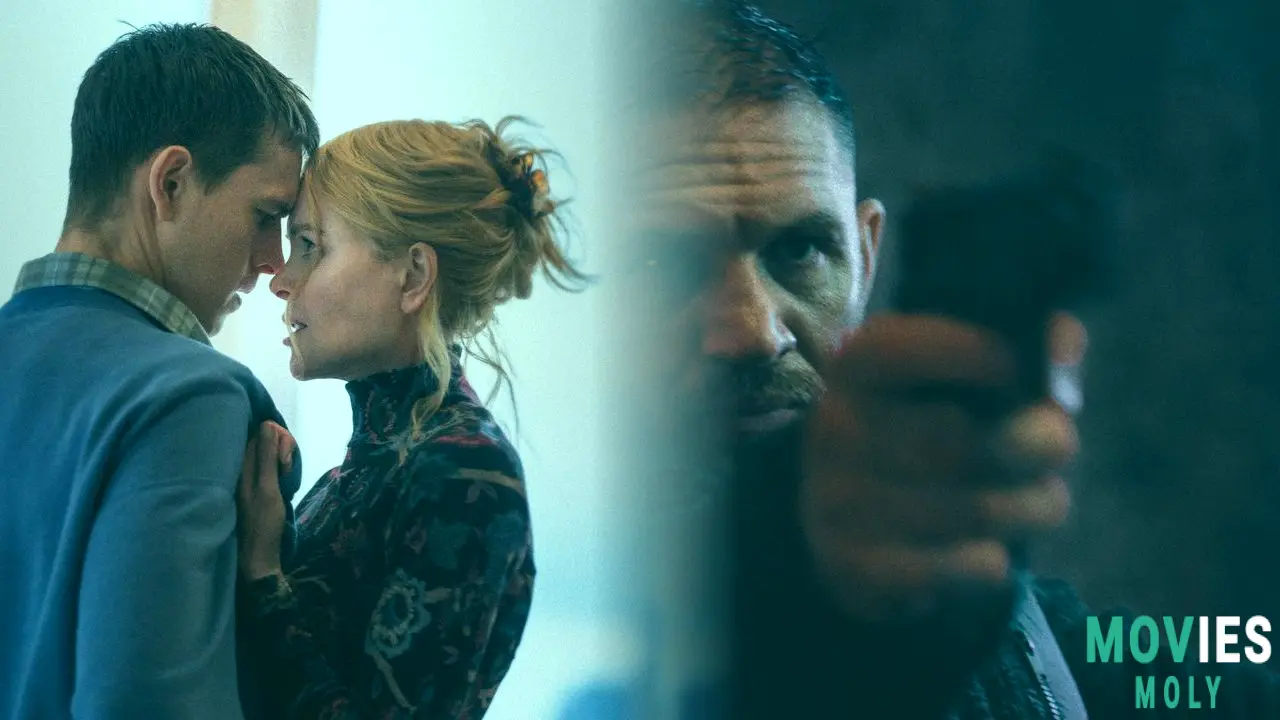After a grueling four-year wait, Netflix viewers finally have their hands on Havoc, the blood-soaked action-noir directed by Gareth Evans and starring Tom Hardy. This isn’t just another streaming original—it’s a hyper-violent, adrenaline-fueled punch to the cinematic gut that firmly cements itself as one of the platform’s best action exclusives in years. And for fans of genre-defining directors and chaotic carnage, Havoc is nothing short of a home run.
Gareth Evans Elevates Streaming Action With His Signature Brutal FinesseGareth Evans, the mastermind behind The Raid and Gangs of London, brings his trademark intensity to Havoc in full force. While the film may not quite reach the poetic perfection of The Raid 2—a personal favorite for many, including myself—it delivers a consistency of high-octane violence that Evans fans will immediately recognize and adore. Every fight, chase, and shootout is choreographed with a savage precision that turns screen blood into visual jazz.
One standout sequence—a chaotic nightclub brawl—inevitably draws comparisons to John Wick’s Red Circle fight. But honestly, Havoc’s disco death dance outmatches it. It’s grittier, messier, and more inventive, turning a grimy club into a gladiatorial arena of flashing lights, flying fists, and improvised weaponry. This is Evans not just doing what he does best, but pushing it into new, gloriously unrestrained territory.
Tom Hardy’s Walker Is a Gritty, Flawed Vessel for Pure Action Mayhem
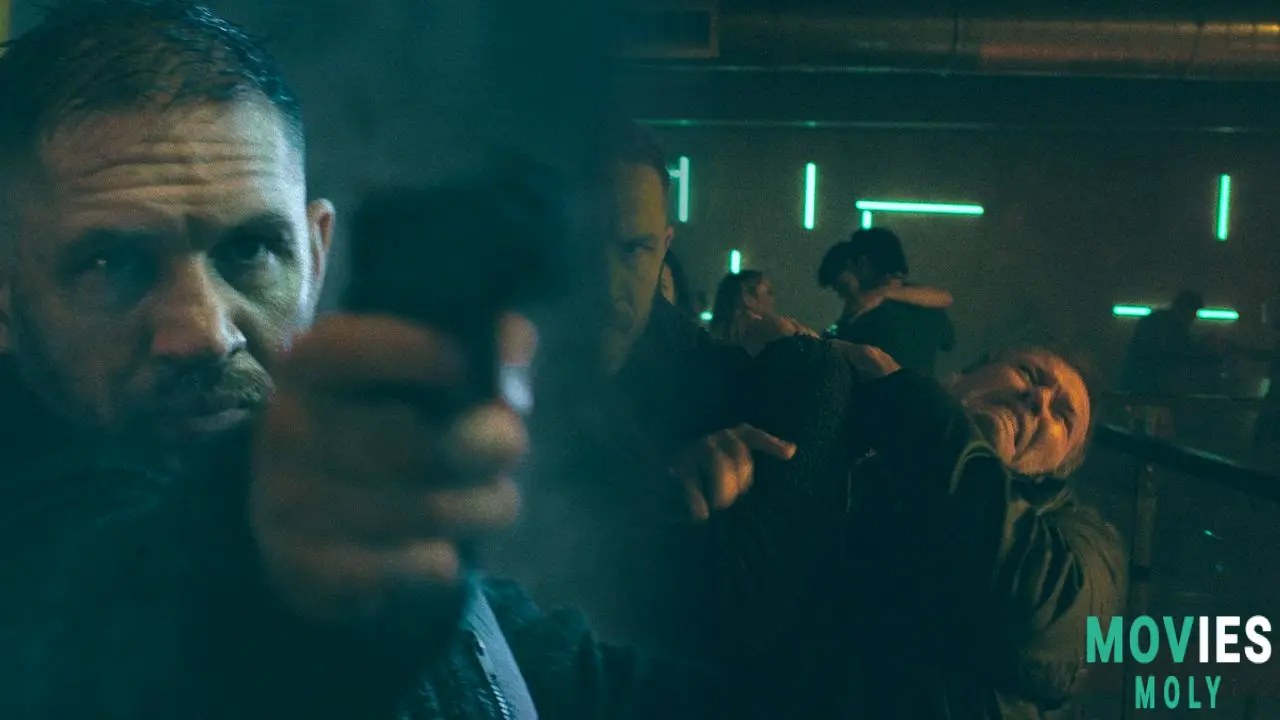
Hardy’s Detective Walker isn’t a character crafted for deep emotional resonance, but he doesn’t need to be. What Havoc needs—and gets—is a protagonist who can carry the weight of its violent momentum. Hardy delivers that with a mix of deadpan grit and idiosyncratic flair. Sure, his accent (a bizarre, high-pitched New Yorkian twang) has sparked online debates about its clarity and origin, but it works in its own weird way. It’s part of Hardy’s ongoing exploration of character through vocal experimentation—think Bane meets Eddie Brock, but more grounded and less symbiotic.
Walker is worn down, world-weary, and laced with personal demons. He rarely makes eye contact, often speaks through grunts, and strikes a balance between menacing and monotone. It’s a performance style Hardy seems to have refined—one that relies on micro-expressions and physical habits more than explosive monologues. Watching him in Havoc is like watching a boxer who’s stopped dancing and started simply surviving in the ring. There’s charm in his lethargy, and danger in his boredom.
The Story Gets Messy, But That Only Adds to the Film’s Comic-Book Tone
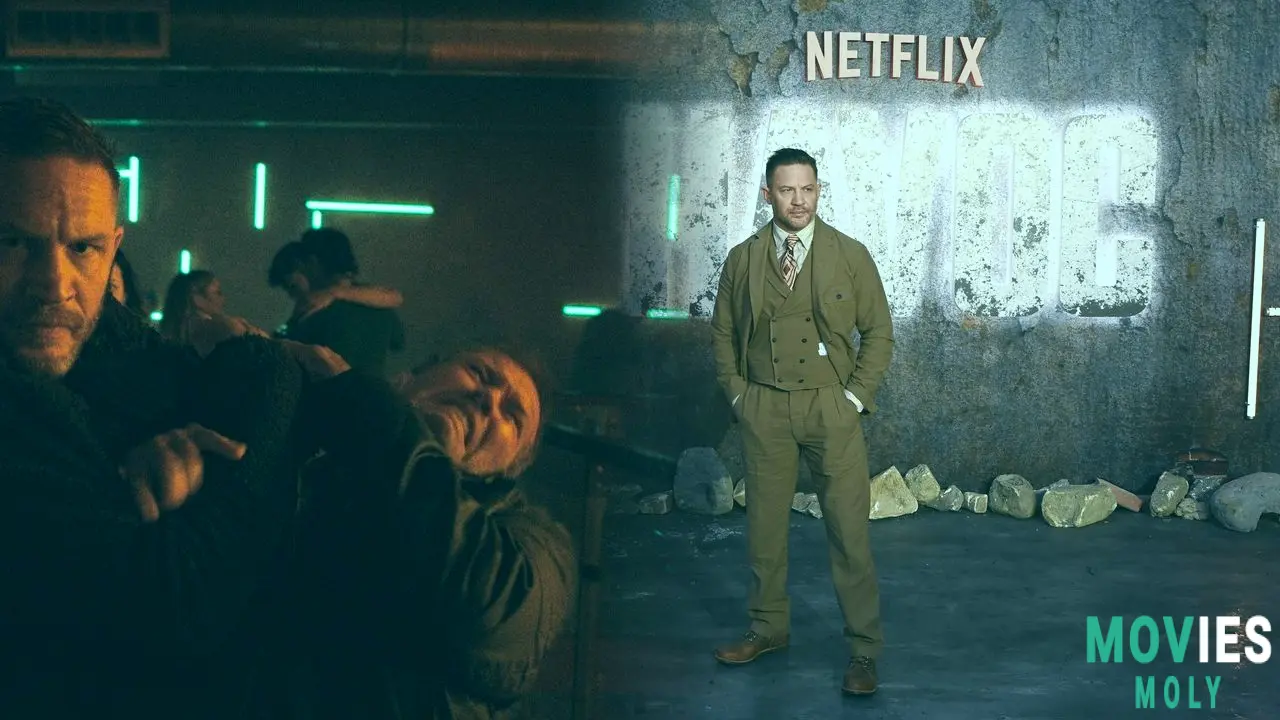
Plot-wise, Havoc doesn’t tread new ground. A corrupt politician’s son is missing, multiple factions clash in the shadows, and Walker finds himself bleeding through the city’s underworld to uncover the truth. The narrative spirals into a tangled web of conspiracies, betrayals, and factional warfare. It’s messy. It’s chaotic. And honestly, it works.
The unnamed American city, filmed mostly in Wales, has a stylized, almost Gotham-like feel. It’s more mood than realism—a pitch-black comic book setting where every alley smells of desperation and neon. The mayoral candidate promising to “clean up” the streets is a cliché, but one that fits comfortably into the genre shorthand Evans is playing with. This is a world built for action, not nuance, and Havoc embraces that with open, bloodied arms.
Ellie Provides Heart Amid the Carnage, While Whitaker and Olyphant Round Out the Ensemble
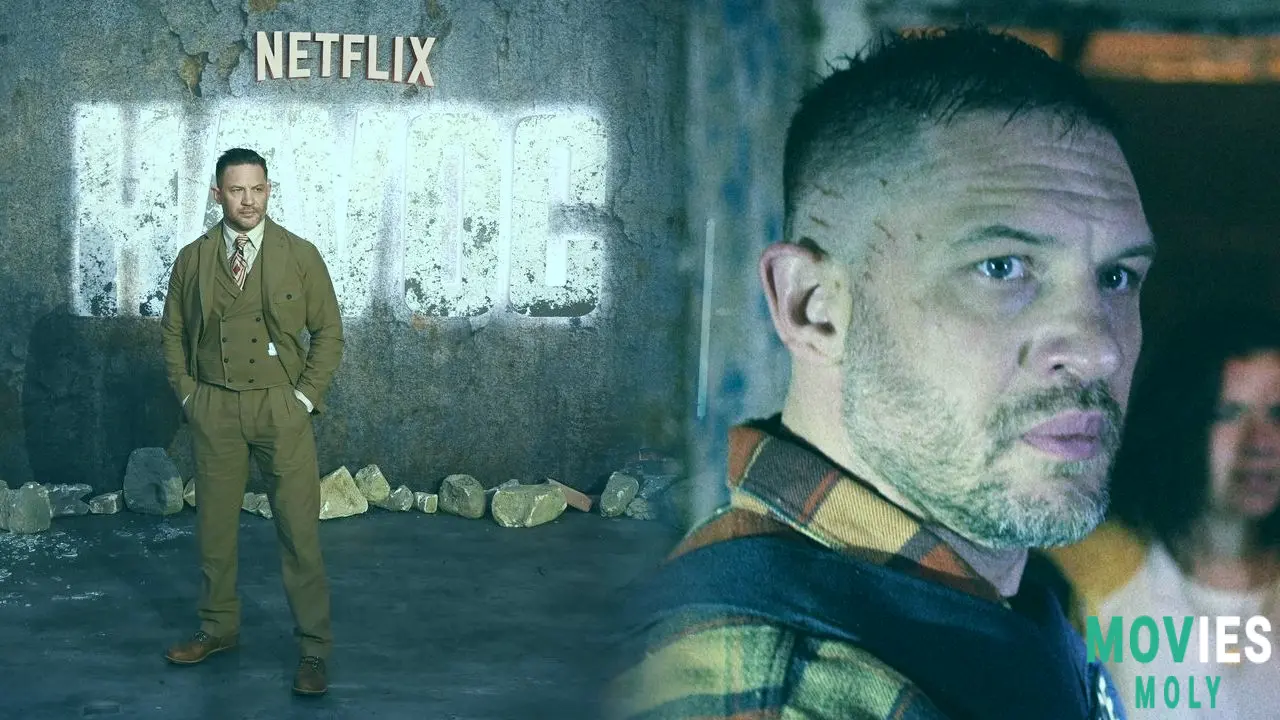
Jessie Mei Li’s Ellie is the emotional anchor in a storm of violence. As a rookie cop pulled into Walker’s destructive orbit, she offers a glimmer of humanity and a relatable perspective. She’s not just window dressing—she survives, she adapts, and she grounds the story just enough to make Walker’s moral grayness more pronounced.
Forest Whitaker is solid as the corrupt politician, though he’s regrettably underused. His presence commands attention, but the script gives him little room to maneuver. Timothy Olyphant, on the other hand, shines in a smaller but memorable role as a cop you’re meant to loathe from the get-go. His performance in the nightclub brawl is a highlight, even if his character feels more functional than fleshed out.
Havoc Is a Cinematic Rollercoaster That Never Lets You Catch Your Breath
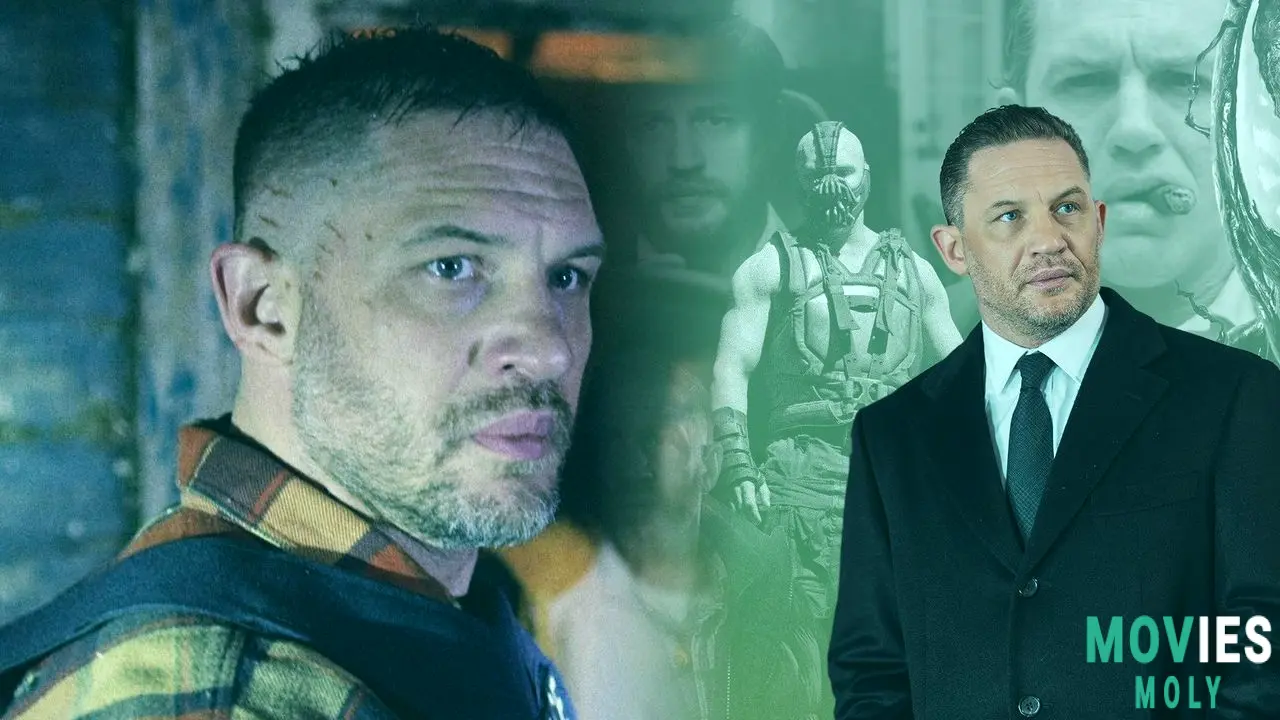
From the ropey-but-excuseable CGI in the opening car chase to the snowy final shootout that redefines what “dynamic” means in gunfighting, Havoc is relentless. It clocks in at just under two hours but plays like a tightly wound hour and a half. Every scene is packed with energy, and every action sequence tries—and often succeeds—to one-up the last.
This is a movie that makes you laugh out loud at the creativity of its kills, wince at the physical toll it must have taken on its cast, and marvel at a director who still knows how to make violence look meaningful instead of gratuitous. Even when Havoc dips into spaghetti-thin plot territory, it never loses its sense of momentum or style.
Why Havoc Is More Than Just an Action Flick — It’s a Genre Triumph
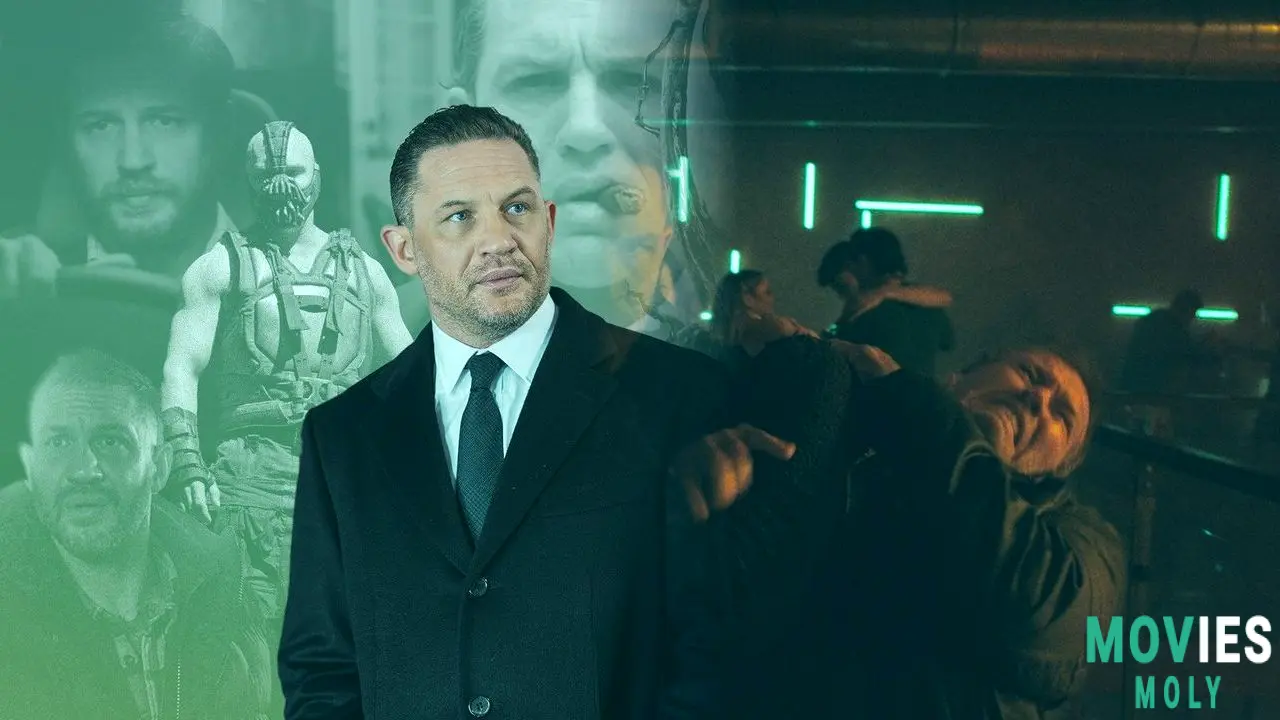
Havoc isn’t interested in subtlety, and it doesn’t apologize for that. It’s a film about going full throttle and trusting the audience to enjoy the ride. For a streaming platform often criticized for safe, bland content, this is the kind of bold, bloody original that sticks out like a diamond in a mud puddle.
Whether you’re a fan of Evans’ kinetic combat ballets, a believer in Hardy’s messy genius, or just someone hungry for a night of neon-soaked, bone-crushing entertainment, Havoc delivers. It’s messy. It’s violent. It’s glorious. And it’s finally here.

